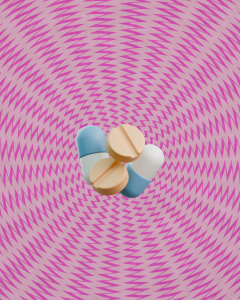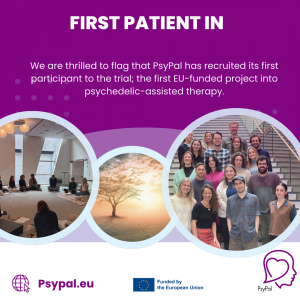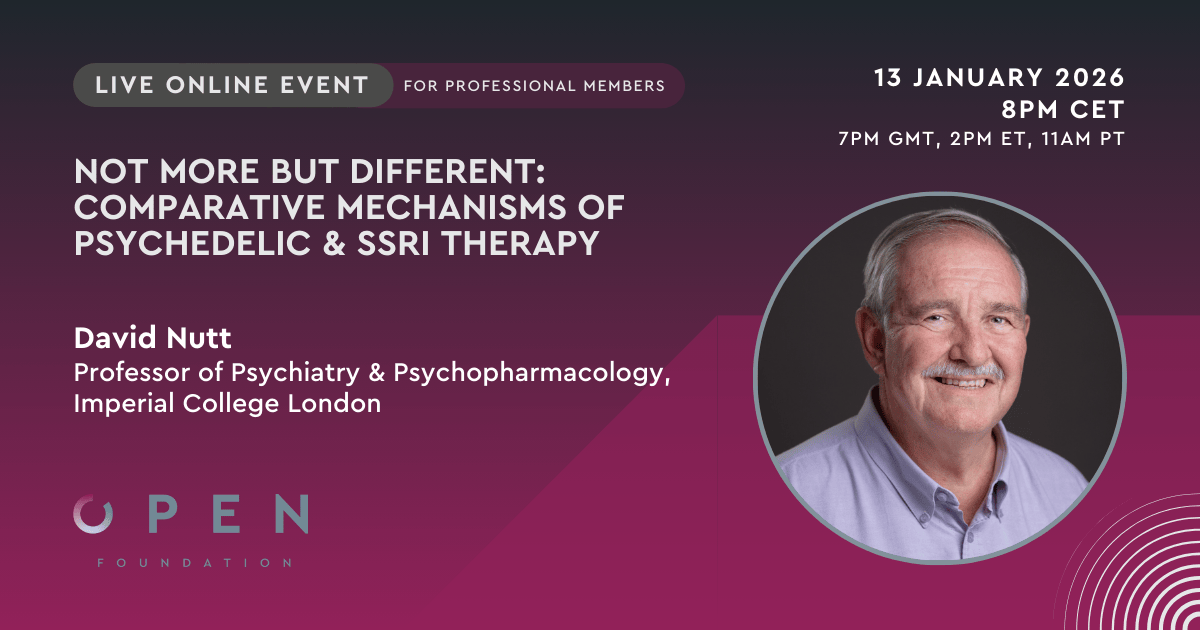Abstract
Background and Objective: Lysergic acid diethylamide (LSD) is used recreationally and in clinical research. The aim of the present study was to characterize the pharmacokinetics and exposure–response relationship of oral LSD.
Methods: We analyzed pharmacokinetic data from two published placebo-controlled, double-blind, cross-over studies using oral administration of LSD 100 and 200 µg in 24 and 16 subjects, respectively. The pharmacokinetics of the 100-µg dose is shown for the first time and data for the 200-µg dose were reanalyzed and included. Plasma concentrations of LSD, subjective effects, and vital signs were repeatedly assessed. Pharmacokinetic parameters were determined using compartmental modeling. Concentration-effect relationships were described using pharmacokinetic-pharmacodynamic modeling.
Results: Geometric mean (95% confidence interval) maximum plasma concentration values of 1.3 (1.2–1.9) and 3.1 (2.6–4.0) ng/mL were reached 1.4 and 1.5 h after administration of 100 and 200 µg LSD, respectively. The plasma half-life was 2.6 h (2.2–3.4 h). The subjective effects lasted (mean ± standard deviation) 8.2 ± 2.1 and 11.6 ± 1.7 h for the 100- and 200-µg LSD doses, respectively. Subjective peak effects were reached 2.8 and 2.5 h after administration of LSD 100 and 200 µg, respectively. A close relationship was observed between the LSD concentration and subjective response within subjects, with moderate counterclockwise hysteresis. Half-maximal effective concentration values were in the range of 1 ng/mL. No correlations were found between plasma LSD concentrations and the effects of LSD across subjects at or near maximum plasma concentration and within dose groups.
Conclusions: The present pharmacokinetic data are important for the evaluation of clinical study findings (e.g., functional magnetic resonance imaging studies) and the interpretation of LSD intoxication. Oral LSD presented dose-proportional pharmacokinetics and first-order elimination up to 12 h. The effects of LSD were related to changes in plasma concentrations over time, with no evidence of acute tolerance.
Dolder, P. C., Schmid, Y., Steuer, A. E., Kraemer, T., Rentsch, K. M., Hammann, F., & Liechti, M. E. (2017). Pharmacokinetics and Pharmacodynamics of Lysergic Acid Diethylamide in Healthy Subjects. Clinical Pharmacokinetics, 1-12. 10.1007/s40262-017-0513-9









